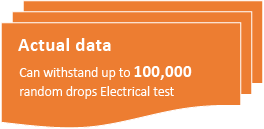-
Dual APN1Technology Introduction
Dual APN supports the MCU and WLAN users to access the network simultaneously through different IP addresses. The access of the network through different IP links facilitates the filtering and classification processing.
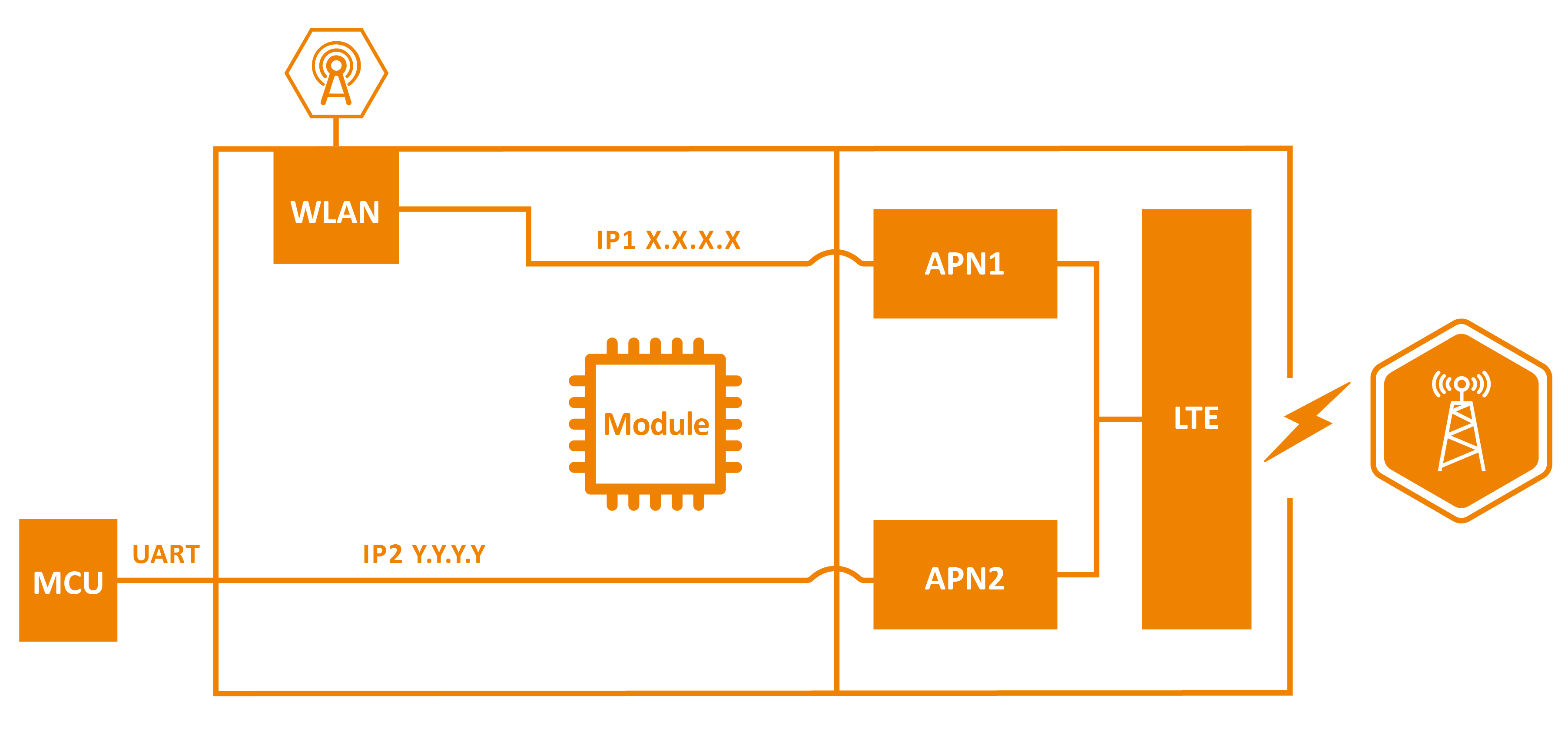
Application ScenariosMCU and WLAN users can access different networks through the different APNs. For example, MCU users access private network, while WLAN users access the public networks.
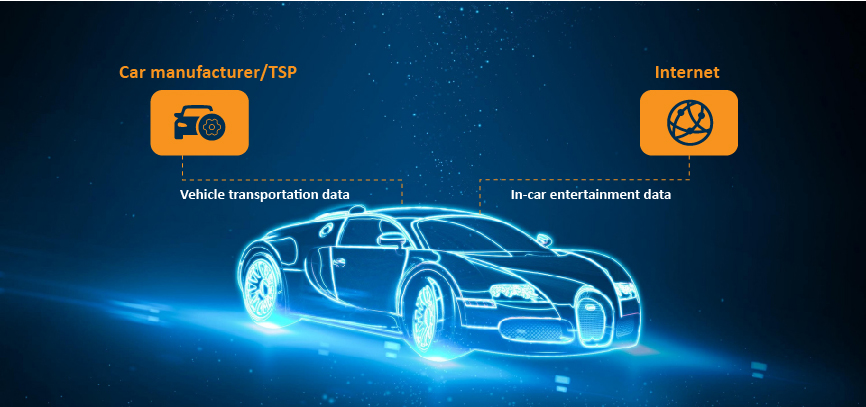
Technical AdvantagesThe vehicle information data are sent to the private cloud platform through the exclusive APN to ensure the security of on-board data.
-
LPWAN(NB-IOT)2Technology Introduction
LPWAN low power consumption wide area network is specially designed for the Internet of Things with low bandwidth, low power consumption, long distance, and large connections.
Technology cores: 1. wide coverage and deep coverage; 2. large connection and wide connection; 3. low power consumption; 4. low cost
Application ScenariosIoT applications such as smart meters, smart smoke detector, smart lighting, smart parking, asset tracking, smart home, smart animal husbandry, etc.Technical Advantages1. Enhance coverage. Higher coverage and enhancement capacity, 20dB enhancement capacity over the GSM;
2. Ultra-low power consumption, support longer standby time, battery life up to 10 years;
3. Ultra-low cost from the low power consumption and low bandwidth;
4. Provide two modules, single-mode NB and three-mode NB/catM/GSM;
5. Use LCC package 30*30*2.3, compatible with LTE 4G module; LCC package16*18*2.3, compatible with GSM/GPRS modules
6. Support coap and MQTT protocol, while supporting the access to telecommunication IOT platform;
7. Available to provide customers with the peripheral reference design, development board and technology support, shorten the development cycle of customer’s products to ensure the sales in the markets as soon as possible.
-
Support ESIM3Technology Introduction
For the Embedded SIM card, GSMA extends it as a technical specification or system for the remote configuration and management of SIM card data. The concept of eSIM card is to directly embed the traditional SIM card into the device chip, instead of adding it into the device as a separate removable component. User does not need to insert a physical SIM card, just like the personal handphone system (PHS) early years ago. This approach will enable the users to more flexibly choose the operator packages or change the operators at any time without having to unlock the device or purchase the new device.
The basic system architecture of the eSIM:
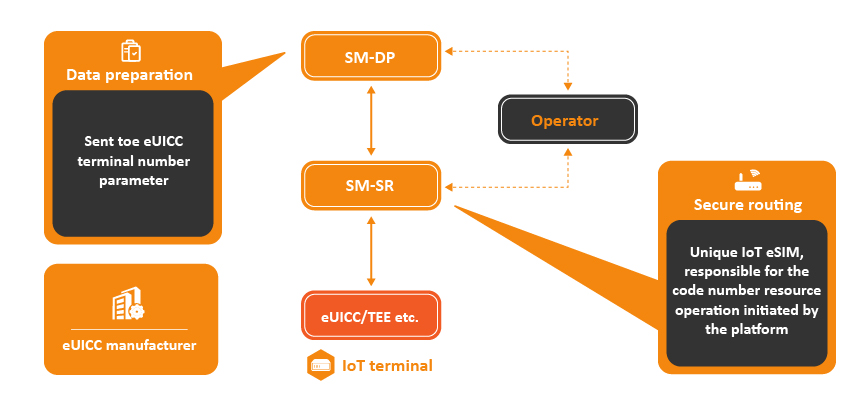
Application Scenarios· Smart wear
· Vehicle equipment
· Application environment such as high temperature and high pressure
· Harsh environments such as oil and heat
Technical AdvantagesExperience improvement: through eSIM air access, users can easily enjoy the operator’s network to improve experience and perception.
One card and multinumber: users can enjoy the one-card and multinumber function through the terminal.
Cost reduction: there is no physical SIM card, so the card slot is not needed for the terminal. This reduces the production cost of the terminal and the terminal can be thinner.
-
Openlinux4Technology Introduction
WelinkOpen SDK is a set of software/hardware solution that takes the ME3630 as hardware platform to open the software/hardware resources in the module to the customers, enabling the customers to customize the software products running inside the module so as to achieve the purpose of reducing the development difficulty of the client software and saving the hardware costs.
Hardware resources:
RM Cortex A7 CPU, maximum operating frequency 1.2GHz, support dynamic frequency switching. Support hardware floating-point operations and NEON instruction sets.
4Gbit NAND Flash (customer available 2Gbit)
2Gbit DDR SDRAM (customer available 1Gbit)
Rich peripherical interface is used for customer peripheral expansion (UART SPI I2C I2S GPIO USB SDIO).
Software resources:
Linux 3.18 kernel based operating system
WelinkOpen SDK API development interface, reduce the development difficulty of telecommunication service software.
Rich Linux operating system development database support, reduce the development difficulty of applications/software and improve the software portability.
Application ScenariosOn-board T-Box, other industrial terminal devicesTechnical AdvantagesLanguage C - based development interface, facilitate the rapid integration of user applications;
No need for special application processor, reduce the complexity of system connection and reduce the hardware cost;
Software development is based on Linux operating system, with good portability.
-
WiFi Solution Reference Design5Technology Introduction
For the external Wi-Fi solution,GosuncnWelink provides the LTE to Wi-Fi reference design. The solution supports two types of WIFI chip solutions or module solutions (Qualcomm’s QCA9377 and REALTEK RTL8919),and provide the customers with a fast design and optimized performance.
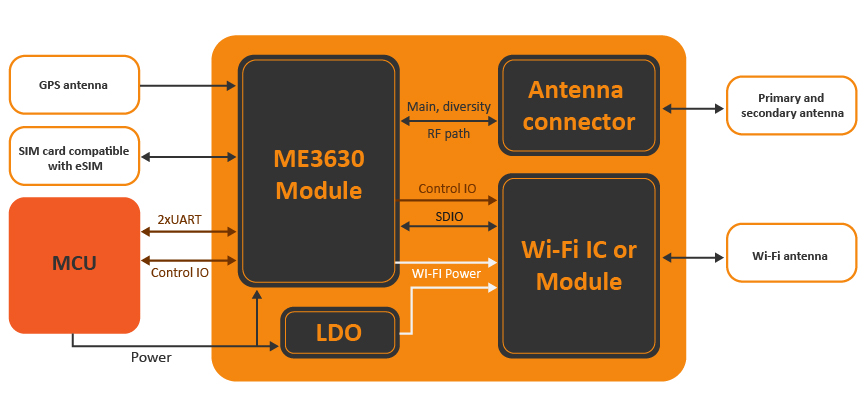
Application ScenariosOn-board OBD, router, etc., transfer the 4G communication modules to Wi-Fi Internet of Things (IOT)Technical AdvantagesProvide the total solution from 4G communication modules to Wi-Fi communication. -
WeLink FLMN6Technology Introduction
When a communication device is in a no-signal area, the device will periodically enter the sleep mode in order to save power. The sleep time will gradually increase over time in the no-signal area. After it enters the signal coverage area, the device is unable to restore the network link and provide the services for a long period of time if the device is in the dormant period. GosuncnWelink VLink FLMN mechanism helps the vehicles to quickly search for networks and access the data services.

Application ScenariosWhen the vehicle enters the signal-covered area from the no-signal area like basement/tunnel, it is necessary to quickly acquire the network and restore the data services.

Technical AdvantagesVLink FLMN will prevent the device from entering a deep sleep state and ensure that the network link can be quickly restored to provide services after entering the signal covered area.
-
eCall7Technology Introduction
eCall technology was first proposed by Europe for purpose of quickly transmitting the information of the location of the accident site and people to the emergency centers to provide the emergency services as soon as possible in case of an accident such as car accident. In addition to the European ECALL system, the two-passenger and one-danger vehicle system led by the State Council of China has also imposed higher requirements on the safety of the vehicles and personnel. It is hoped that the communication modules and positioning products can be integrated into the vehicle system so that the information of the location of accidents can be obtained at the first time and the timely rescue can be provided in case of any unexpected situation.
eCall function integrates the GPS technology and wireless communication technology (GSM/UTMS technology) into the communication box, and the digital information is integrated into the in-band modem technology in voice channel to monitor the vehicle status. In case of any collision, it can automatically transmit the field information to the nearest Public Safety Answer Point (PSAP) promptly and accurately. The local service center operators will promptly confirm the precise site location and arrange emergency vehicles to arrive at the scene of the accident to implement the rescue.
For the eCall system, the reliability of the products must be ensured and it can still work after a strong collision. When the car power supply cannot work, the backup battery is available. The miniaturized communication module is not limited by the structure of the vehicle, and its impact on the module after the collision is minimized and the wireless communication module is required to have extremely high sensitivity. M2M module product is in a very important position in the whole process of vehicle-mounted electronic applications and it is the link of connecting the device sensing end with the information service center. Moreover, the onboard application environment is very complex and it has a higher requirement on the reliability, stability and low/high temperature of the products.
Application ScenariosWhen an accident occurs, the built-in eCall system will automatically or manually initiate an emergency call through the wireless network to the local Public Safety Answer Point (PSAP). Different from the ordinary emergency calls, it uses the in-band signaling exchange technology to transmit the onboard information data between the accident vehicle’s in-vehicle system (IVS) and local PSAP while establishing a call. This data is called the minimum set of data (MSD). It mainly includes the vehicle location information, accident time, number of passengers, vehicle identification information and other related information.
Technical AdvantagesThe communication module and positioning product can be integrated into the vehicle system. When an unexpected situation is encountered, the system can send the location and vehicle information to the service console, which can obtain the information of the accident for the first time to provide the timely rescue. The user can enable and control the eCall function through the AT commands.
-
Low power consumption8Technology IntroductionThe module will periodically monitor the air paging channel after it enters the standby mode. The module will enter the sleep mode after the monitoring is completed. It repeats this process. A large pulse current will be generated during the monitoring, so it may increase the standby average current and power consumption, which will shorten the standby time under the battery-powered condition. Because the application scenario of the module is rather special, the MT call is very few in some application scenarios. In this case, it is necessary to appropriately adjust the DRX monitoring pulse to reduce the number of pulses per unit time so as to achieve the purpose of reducing the average current.Application ScenariosThe electric meters and tablet computers shall be used for the battery-powered industry terminals concerned about power consumption.Technical AdvantagesEnable to greatly reduce the power consumption of the module.
-
Remote wakeup9Technology Introduction
After the module enters the dormant state, this technology can not only wake up the module after receiving an external signal (SMS, phone call) but also output a specific signal to wake up the host connected with the module and send the received data to the host.
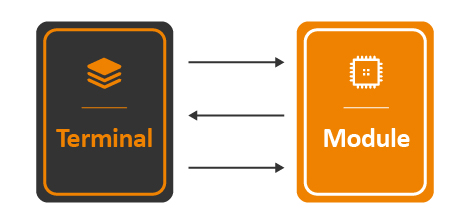
Application ScenariosWake up the vehicle or terminal to realize the remote control through the specific text messages or phone calls.

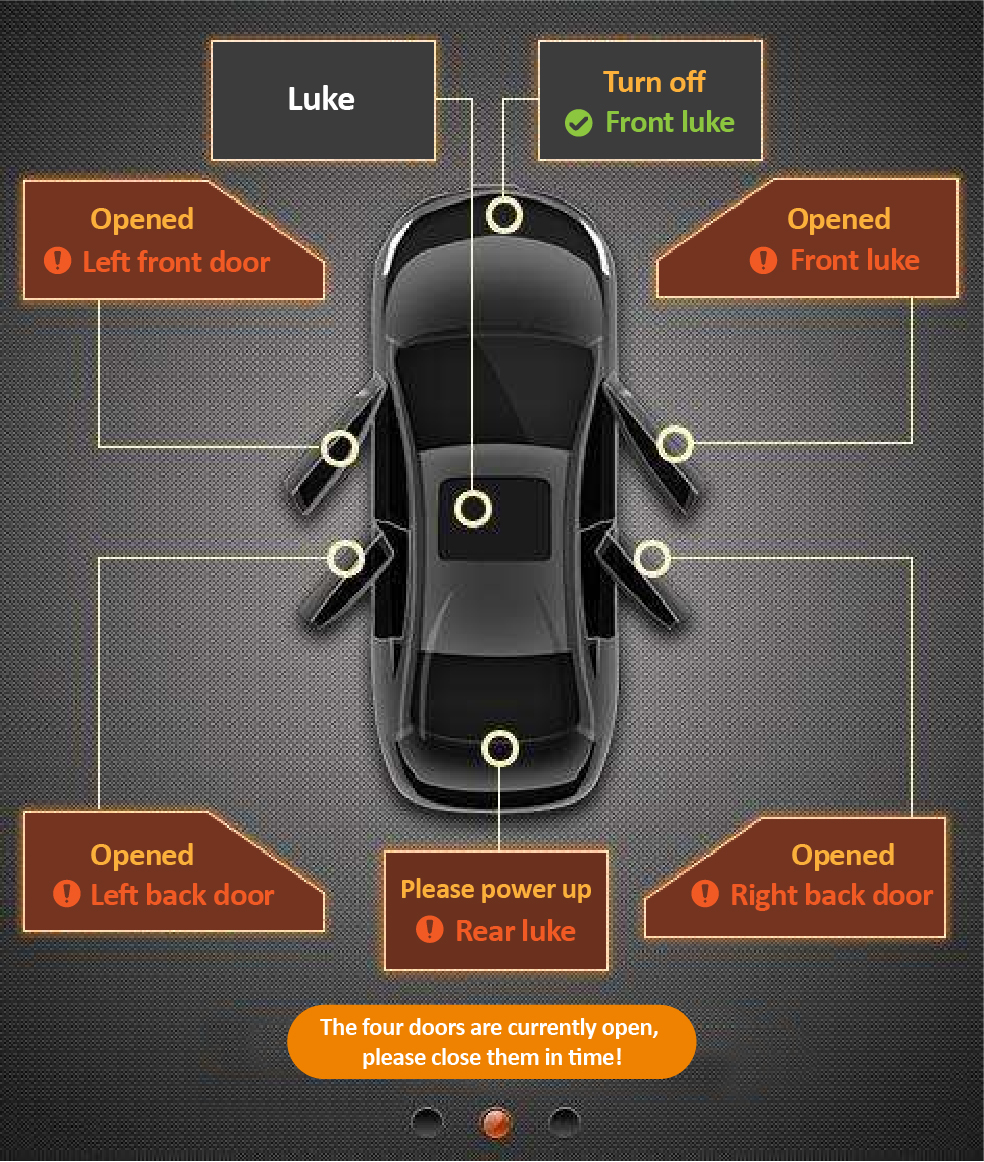
Technical AdvantagesThe module supports two remote wakeup modes:
1. Standard USB remote wakeup:
2、Welink-customized remote wakeup
The host can realize the remote wakeup function of the device only by setting up the DEVICE_REMOTE_WAKEUP feature of USB device.
If the host does not support the USB suspend and resume function, the host can control the module to wake up or sleep by pulling up or pulling down the WAKEUP_IN feature of the module. The module wakes up the host by outputting a low level signal of 1s through the WAKEUP_OUT base bin, and sends the data to the host after confirming that the host is waken up.
-
WeFOTA Technology (GosuncnWelink’s mobile terminal Flash on-the-air technology)10Technology Introduction
The cost will be very high if all modules are manually updated and maintained. WeFOTA upgrading solution requires no longer the human intervention, and the software can be updated simply through the remote updating instructions.GosuncnWelink provides a full-range solution. At the terminals, it is only required to cooperate to complete the corresponding trigger actions and wait for the completion of the updating actions.
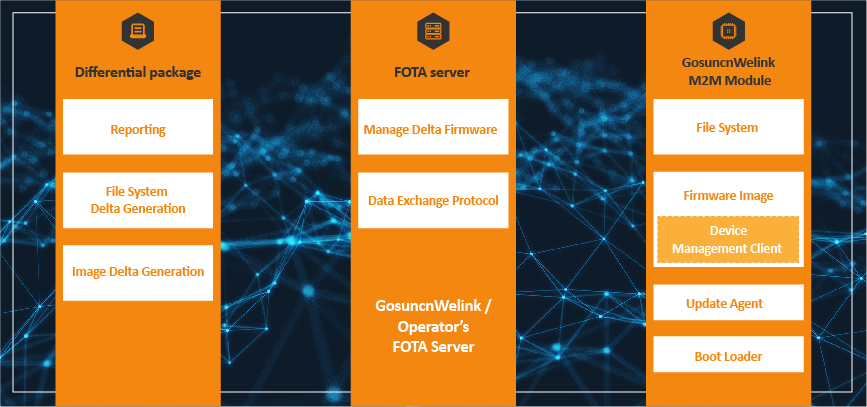
Application ScenariosWhen the terminal devices need to increase the demand function or optimize and update the version, the WeFOTA updating solution can greatly improve the efficiency and save the labor costs. WeFOTA updating solution has been applied in batches for car and video transmission projects.
Two updating methods:
Active updating: the module sets the query cycle, regularly querying from the FOTA server and reporting the updating information after a new differential packet is found.
Passive updating: Initiate the update request through the module at the terminal site to update the system technology.Technical AdvantagesSecurity:
All updating devices are subject to IMEI/MEID verification. Only registered GosuncnWelink module can be subject to WeFOTA upgrading. Server controls and delivers the upgrading packets of different modules according to IMEI/MEID number to prevent the false upgrading.
Reliability:
- Multi-phase verification, ensure the correct download and installation of differential upgrade packets and eliminate the risk of equipment failure due to errors in the update process.
- possible to resume the upgrade from the breakpoint;
- Support the online upgrading of 300 devices at the same time.
Convenience:
- Issue four instructions to complete the WeFoTA upgrade;
- Industry-leading rendbend differential upgrade solution, differential packet is 97% smaller than the image file, with the typical size of 2-4m, which saves the customer traffic.
- Available for instruction upgrade, scheduled upgrade, local upgrade and other upgrade modes, facilitating the customer to flexibly set up according to their needs.
-
WeLink PSF(Power Safe Filesystem)11Technology Introduction
It often happens that the device is abnormally powered off due to the actual environment during the use of a wireless terminal device. Due to the electrical characteristics of flash, multiple power failures can destroy the file systems stored in the flash, resulting in abnormal operation of the device.
Welink PSF self-developed by Gosuncn is the UBI-based file system, which mounts key file systems as read-only and backup files. When a problem is detected in a system file, the system file will be automatically restored.
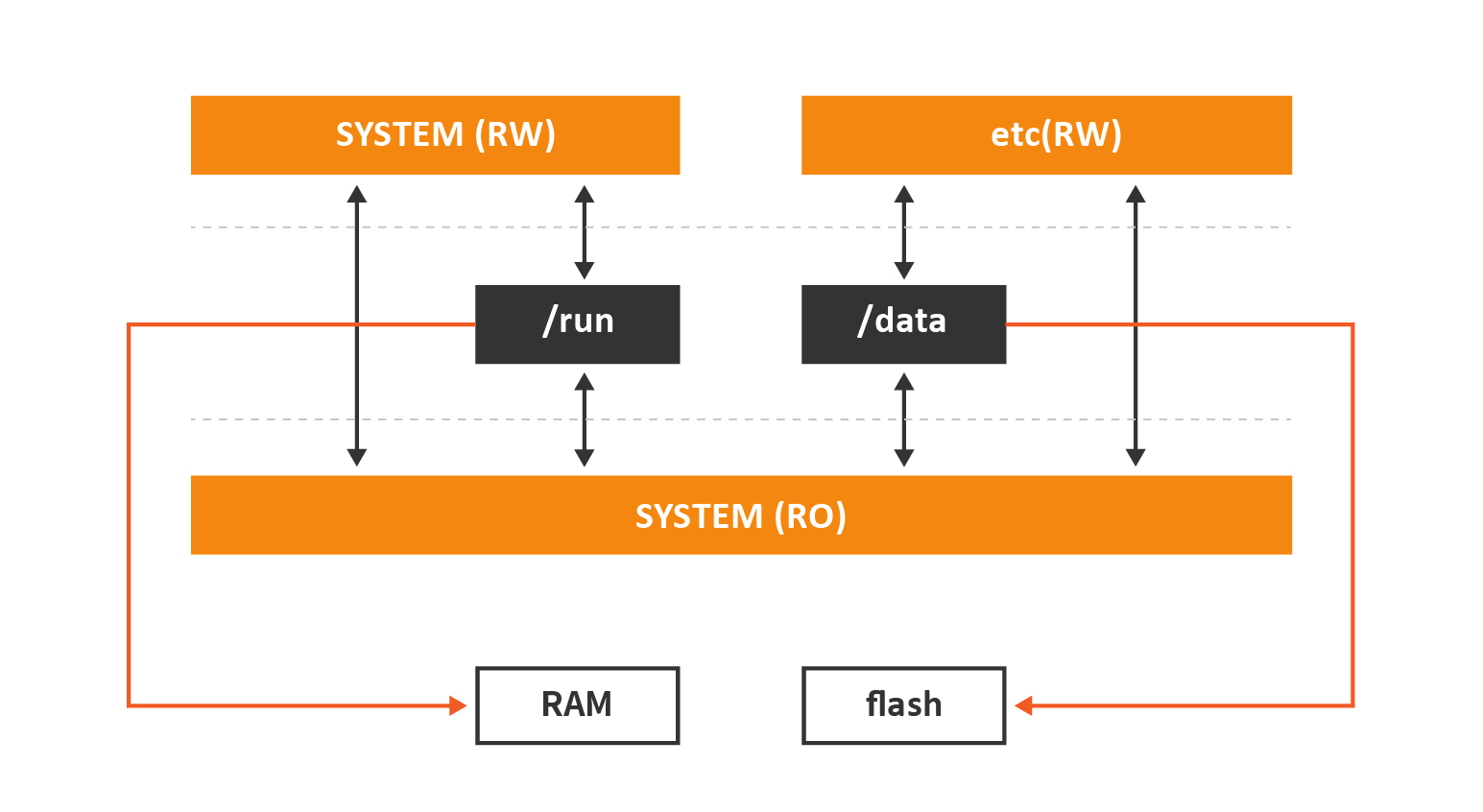
Application Scenarios1. In case of any abnormal problem for the terminals like ammeter, the judging mechanism is not correct. The restart of the module causes the frequent restart of the module.
2. Digital transmission terminal without battery, such as encryption card, etc.;
3. During the process of ignition or flameout of the vehicle, the power supply will be unstable and the module will restart.
Technical AdvantagesAfter the VLink PSF solution is used, the reliability and stability of the devices are greatly enhanced, and this can satisfy the requirements of stable startup of all products during the repeated abnormal power failures.
